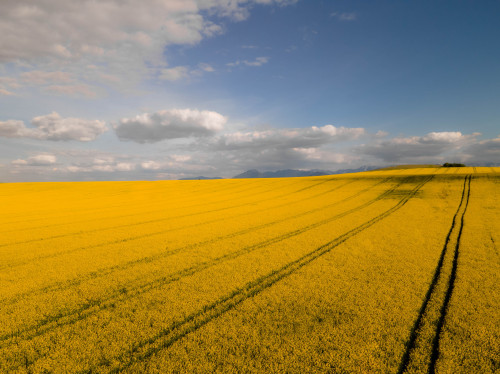In a study conducted in Western France, researchers made significant strides in understanding the delicate balance between weed management, crop production, and biodiversity conservation. Weeds are recognised as a major pest in agriculture and as such, have been intensively managed to reduce their competition for resources with crop plants. However, by providing shelter and food for birds, insects and small mammals, they also support farmland biodiversity, which presents a challenge for sustainable weed management.
The promotion of diverse weed assemblages has been suggested as a potential way to ensure weed functions without leading to a few dominant species. The design of such strategies requires a deeper understanding of what influences weed species richness and abundance and how.
To shed more light on this, a study, carried out in 115 oilseed rape fields, examined the effects of various factors on weed diversity and abundance in both the field margins and centres. Researchers investigated the influence of crop competition on weeds, nitrogen input, weed control and landscape on weed assemblages. Their findings present farmers and land managers with valuable insights into how to maintain weed diversity without compromising crop production.
Read the full paper here.
Photo: Oilseed rape fields. Photo by: Tomáš Malík.
